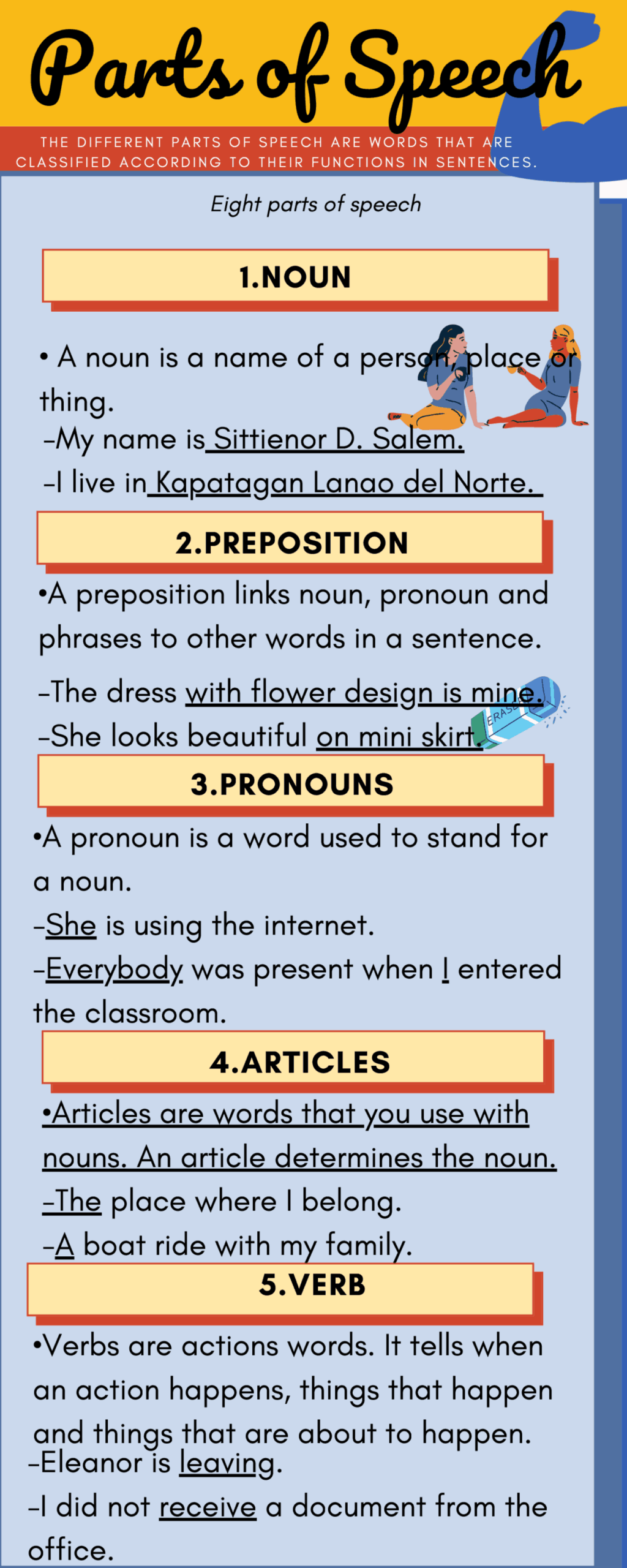Verbs, adverbs, adjectives, nouns, and pronouns are essential elements of language that help convey meaning and structure in sentences. Understanding how these parts of speech function can greatly improve one’s writing and communication skills.
Verbs are action words that show what someone or something is doing. Adverbs modify verbs, adjectives, or other adverbs, providing more information about how an action is performed. Adjectives describe or modify nouns, adding detail and specificity to them. Nouns are words that represent people, places, things, or ideas. Pronouns are used in place of nouns to avoid repetition.
Examples of Verb, Adverb, Adjective, Noun, and Pronoun
For example, in the sentence “She quickly ran to the store,” “ran” is the verb, “quickly” is the adverb describing how she ran, “store” is the noun representing the place she went to, and “she” is the pronoun replacing the person performing the action.
Using a variety of verbs, adverbs, adjectives, nouns, and pronouns can help make writing more engaging and descriptive. By carefully choosing the right words, one can create vivid imagery and evoke strong emotions in the reader. For instance, instead of saying “He walked slowly,” one could say “He shuffled lethargically,” painting a clearer picture of how the person moved.
It’s important to pay attention to the relationships between different parts of speech in a sentence. The placement and choice of verbs, adverbs, adjectives, nouns, and pronouns can affect the overall meaning and tone of a sentence. By understanding the roles each part of speech plays, one can craft sentences that are more precise and impactful.
In conclusion, a solid grasp of verbs, adverbs, adjectives, nouns, and pronouns is crucial for effective communication. These essential building blocks of language help convey meaning, create imagery, and establish clarity in writing. By honing one’s understanding of these parts of speech, one can elevate their writing and communication skills to a higher level.
